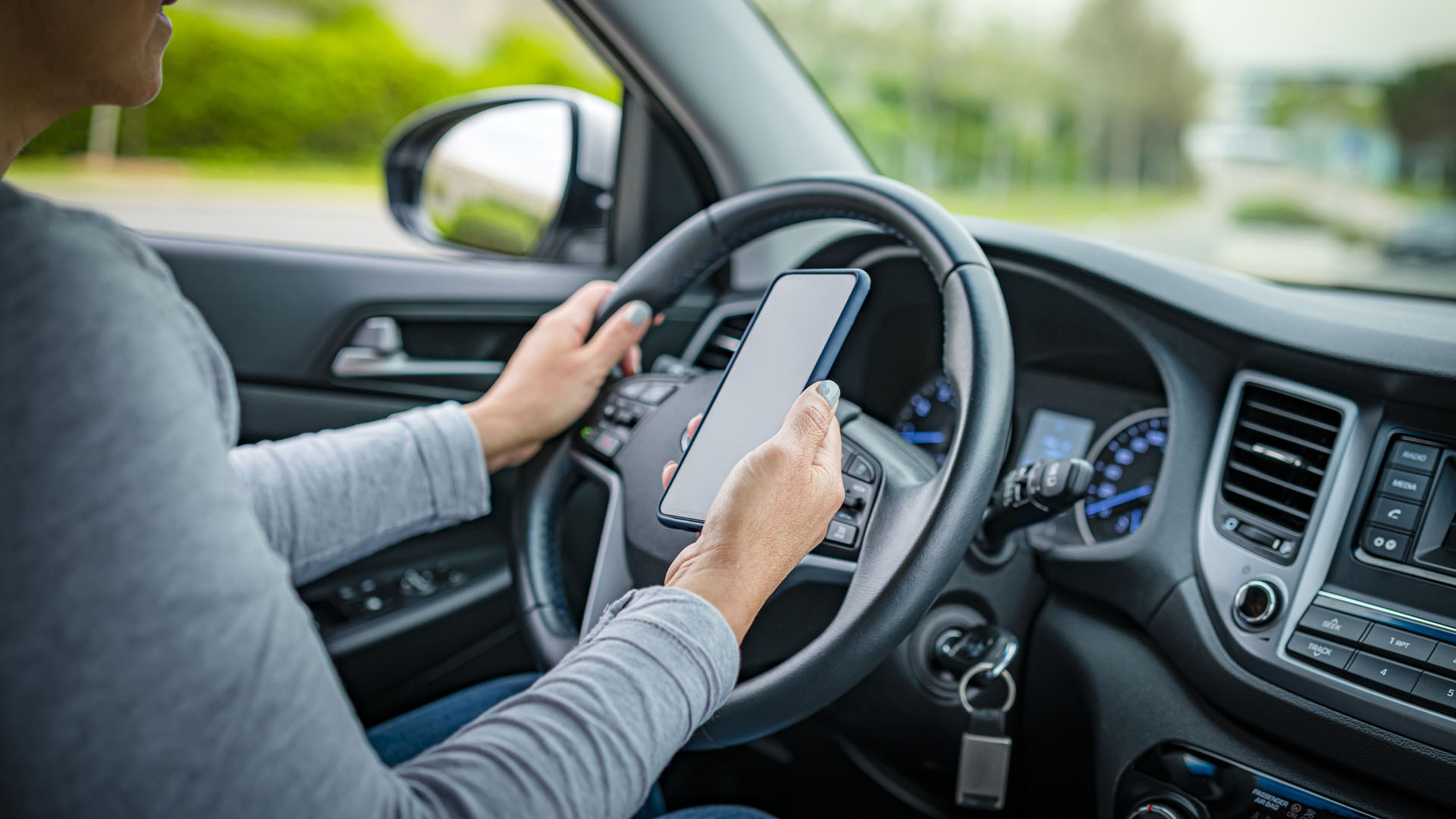Automation Hazards: IIHS Study Reveals Distracted Driving Risks Soar with Partial Automation

The Dangers of Partial Automation: Drivers’ Descent into Distraction
We’re constantly surrounded by distractions – notifications, emails, social media, the works. And it’s no surprise that new research from the Insurance Institute for Highway Safety confirms that, when it comes to cars, we’re just as prone to distraction.
Getting Distracted with Ease
According to the IIHS, drivers quickly become less involved in driving once advanced driver-assistance systems kick in. Whether they’re using their hands or their hands-free voice commands, drivers tend to multitask, checking their devices, eating, or even grooming. Many do so unknowingly, thanks to habits or restlessness.
The Double-Edged Sword of ADAS
ADAS features are meant to enhance safer driving practices, but by relieving drivers of some responsibilities, they can sometimes create a sense of laziness. Some drivers become complacent, while others exploit the system, pretending to be attentive to convince the technology to remain active while they do other things they deem more important.
Driver Behavior Studies
The IIHS and the Massachusetts Institute of Technology’s AgeLab conducted a month-long study with Volvo drivers using Pilot Assist. Results showed that Volvo drivers were more likely to multitask, with some exhibiting distracting behaviors from the start, while others developed these habits once they became comfortable with the technology.
The same study was repeated using the Tesla Autopilot system, with drivers learning to manipulate the timing interval of the attention checker to minimize warnings. This was similar to faking attendance or using a fake active plugin while working from home.
The Need for Stricter Safeguards
David Harkey, IIHS president, emphasized the need for more robust safeguards to prevent misuse. He said, “In both studies, drivers adapted their behavior to engage in distracting activities. This demonstrates why partial automation systems need to be designed with safeguards that prevent misuse.”
Conclusion
Distracted driving, sleepiness, and insobriety all increase the risk of a crash. Without constant attention, we’re ill-prepared to make life-or-death decisions while driving. Are we better off without partially autonomous driving technology, even if it’s meant to support safer driving practices?
- The science is clear: we’re not programmed to multitask.






